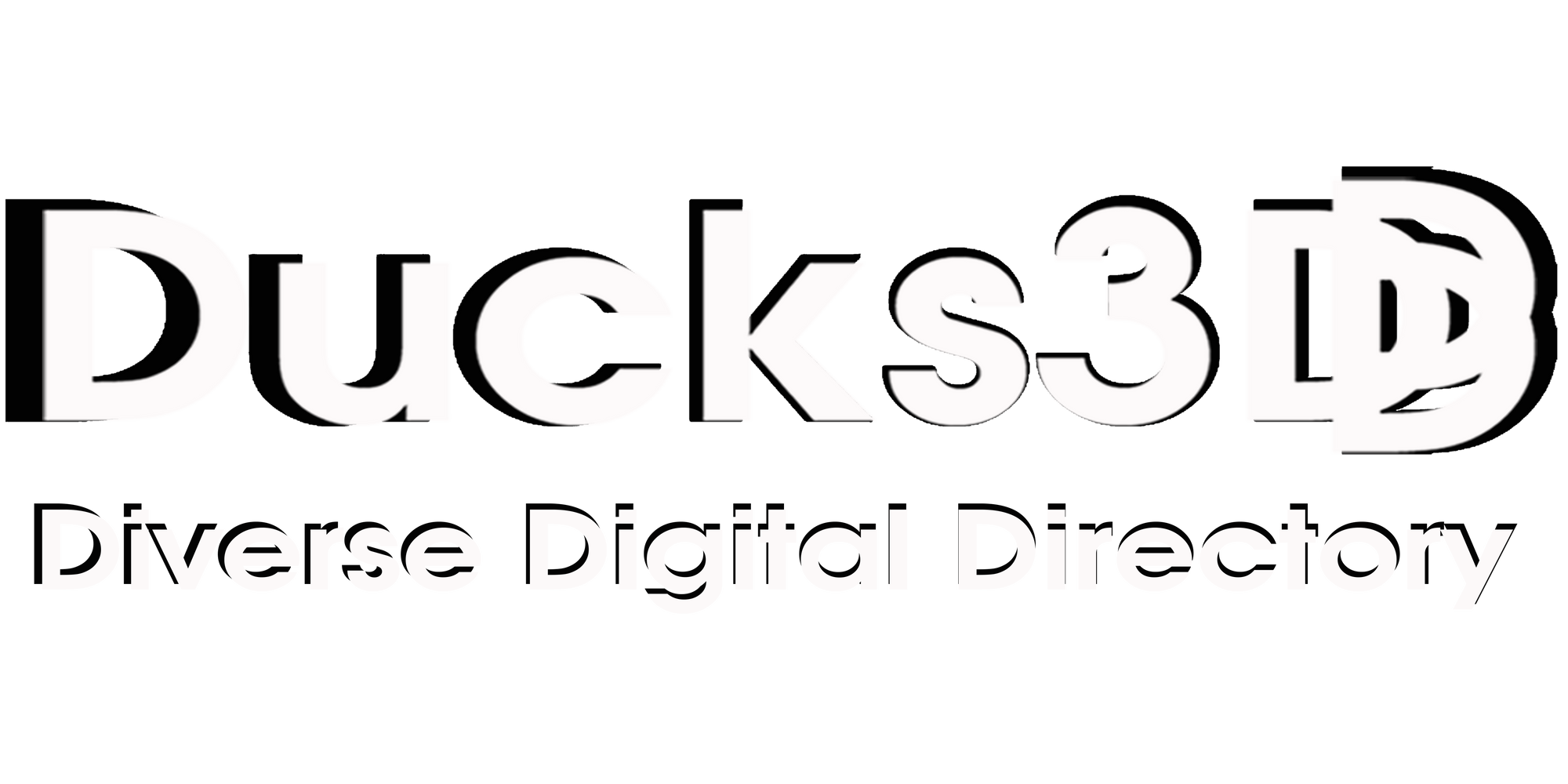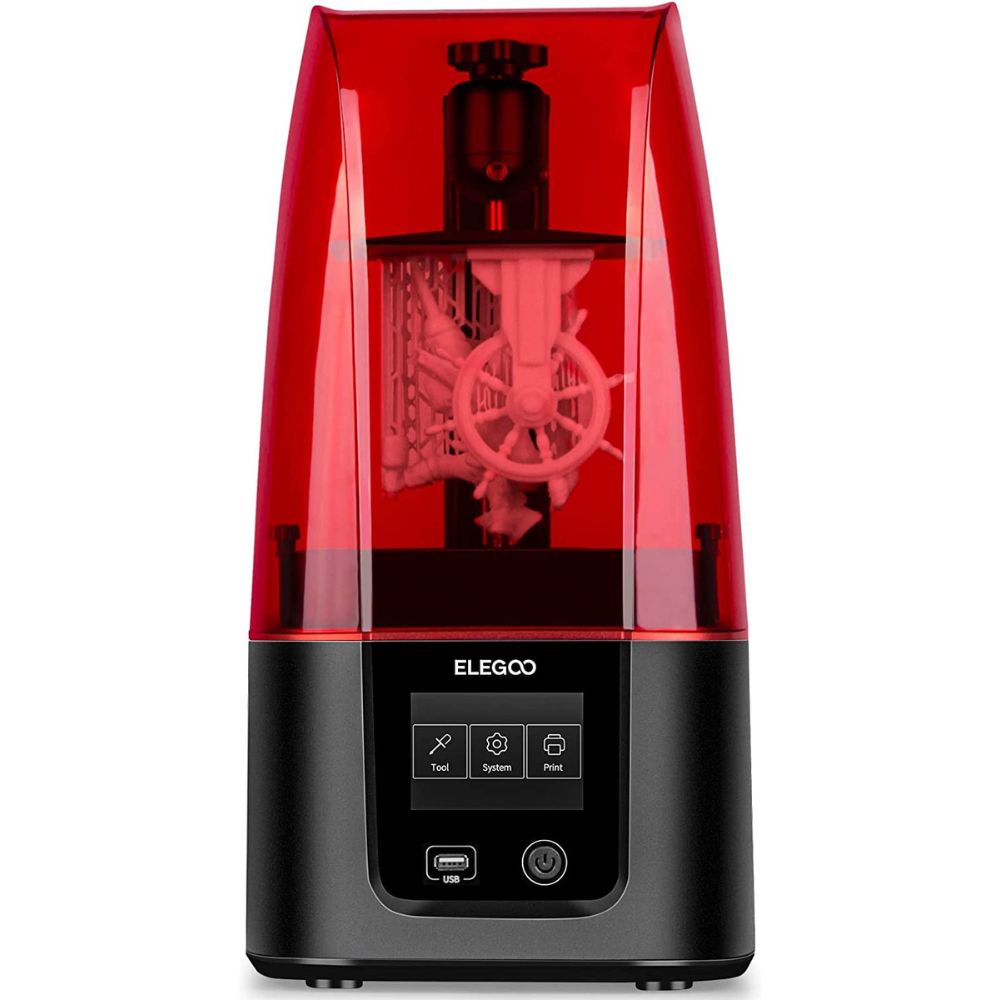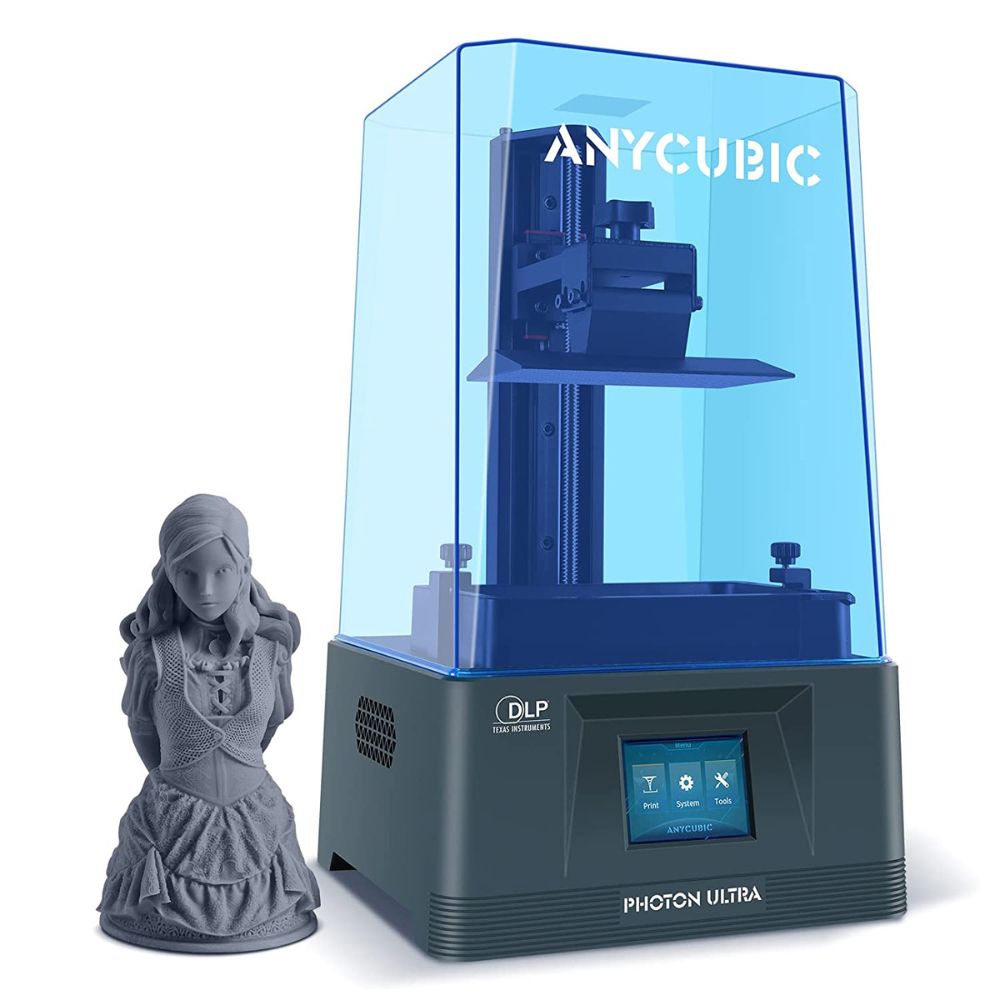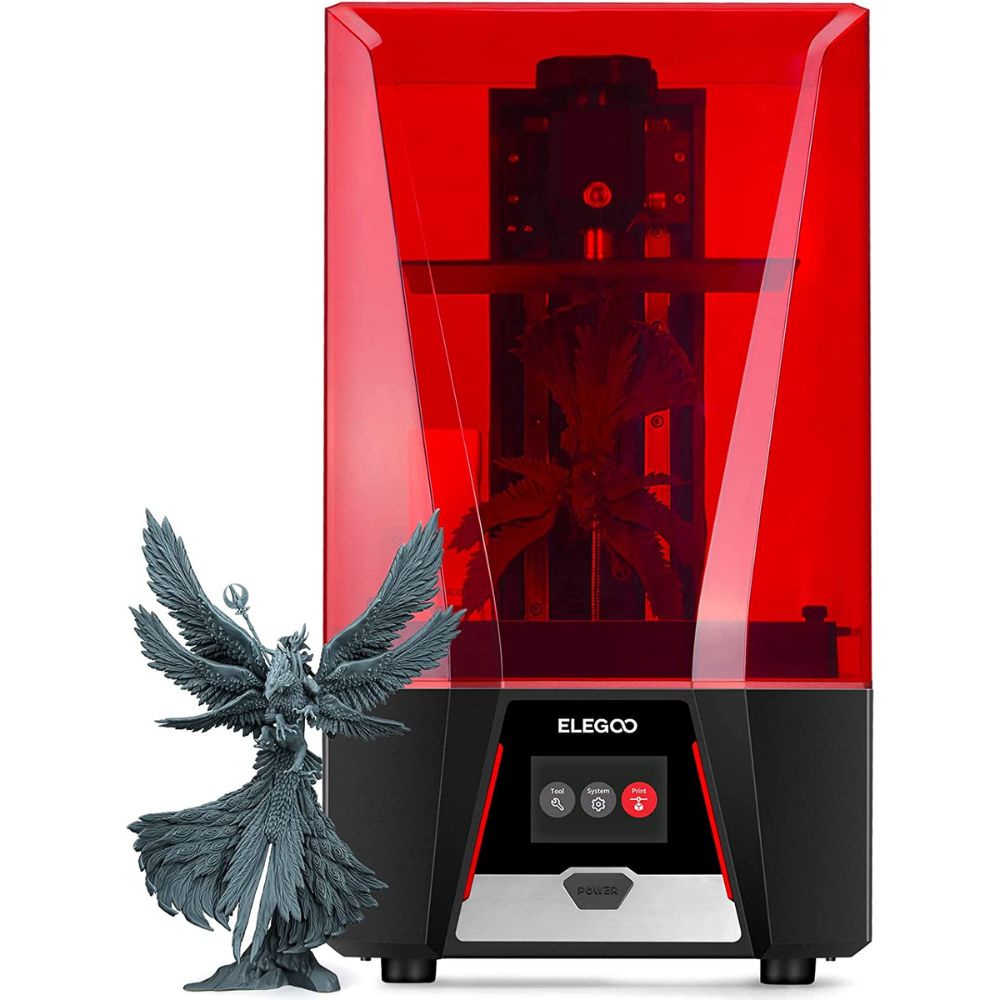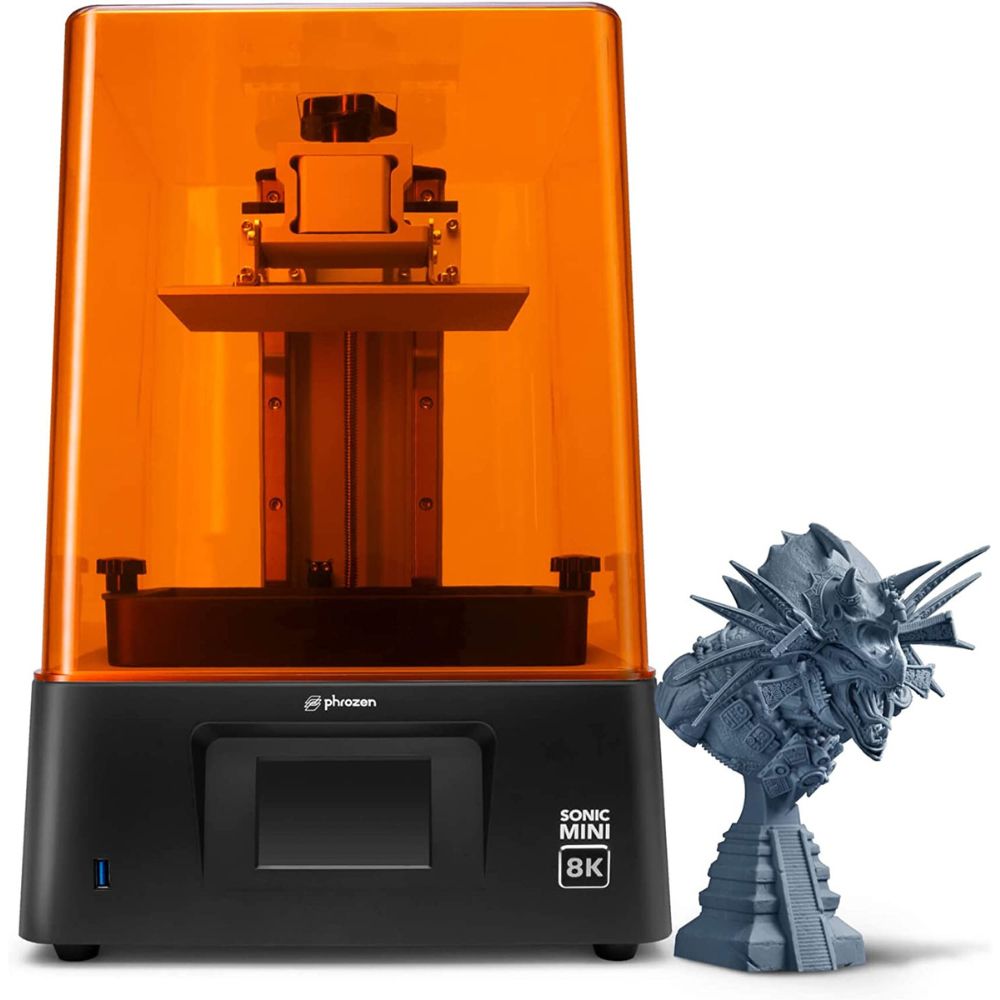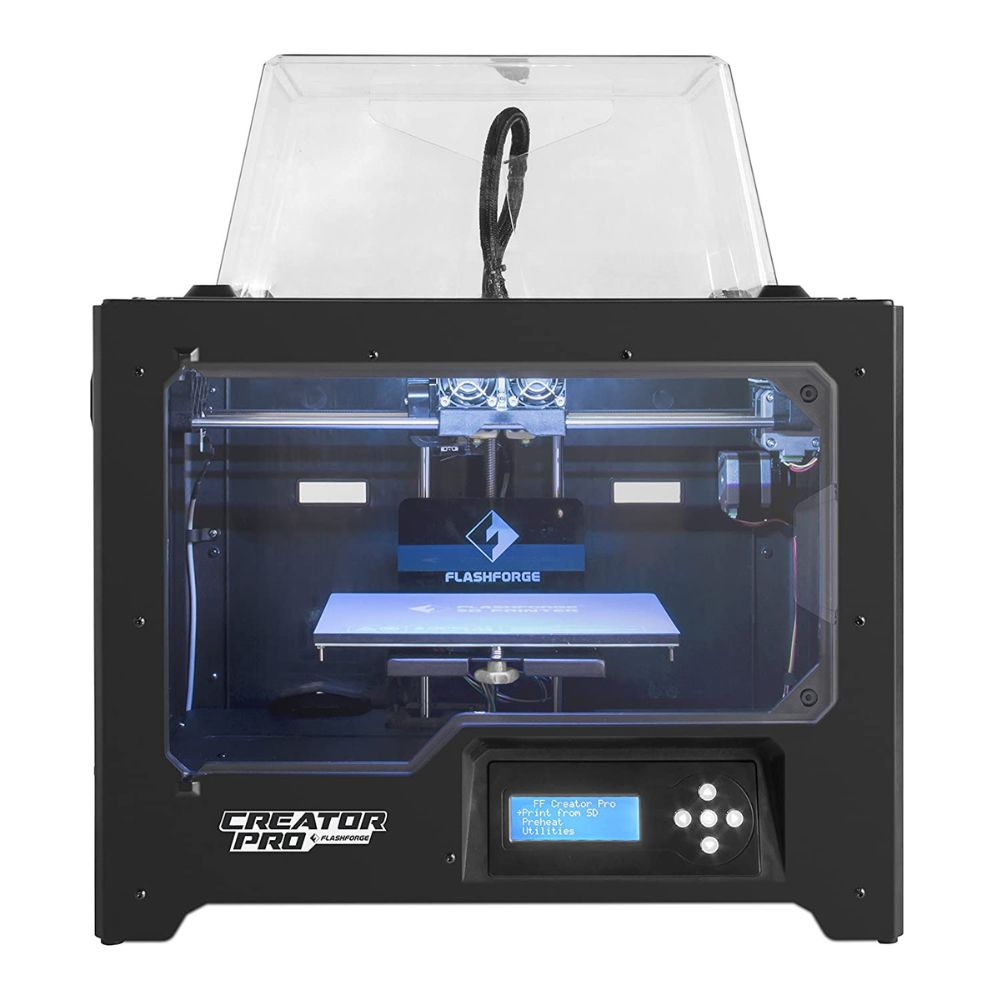Best 3D Printers for Miniatures
What are the best 3D printers for miniatures?
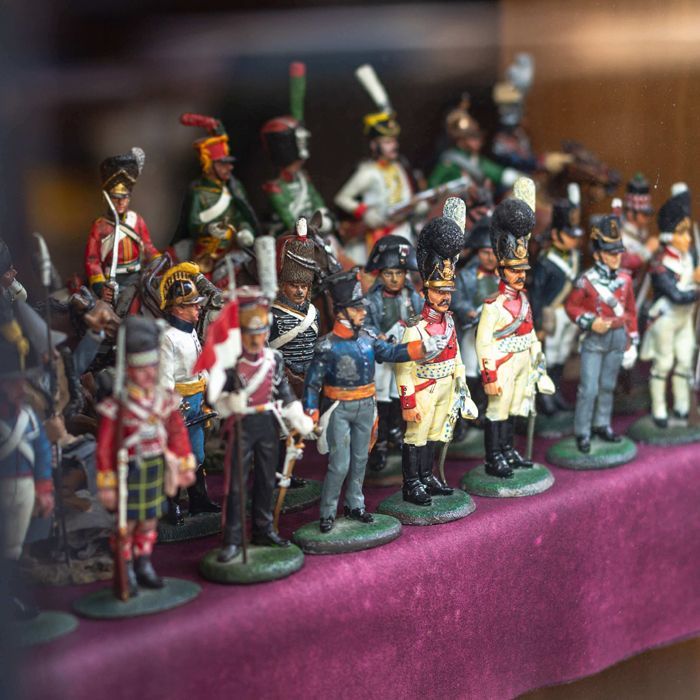
What are the best 3D printers for miniatures?
When it comes to 3D printers, there are a lot of choices on the market. If you're looking for an additional printer or two, the Anycubic photon, Anycubic photon mono, and Phrozen sonic mini are all great options.
The Anycubic photon has an XY DPI: 47um (2560 x 1440) with a slightly smaller build volume (than the photon mono) of 115 x 65 x 155 mm while the photon mono has an XY Resolution: of 35 microns (3840 x 2400 pixels), and a build volume of 192 x 120 x 245 mm.
With a minimum layer height of 0.025mm and a max layer height of 0.1mm, it can deliver high-quality prints making it great for printing detailed solid models.
The sonic mini is the smallest of the three printers, with a build volume of only 98 x 55 x 125 mm.
However, it's still a great choice for printing smaller solid models. Whichever printer you choose, you can be confident that you're getting a high-quality product.
If all of this sounds like another language to you, don't worry. These are just a few of the many options available on the market today. With so many choices, it can be tough to know where to start. But, luckily, we've done the research for you and compiled a list of the best printers for miniatures.
A Comprehensive List of the Best 3D Printers on the Market
There are a lot of printers for miniatures and tabletop games on the market these days. So, which one is the best for your needs?
In this article, we will compare and contrast some of the most popular 3D printers for miniatures on the market and help you decide which one is right for you. Whether you are a beginner or an experienced 3D printer, there is sure to be a printer that meets your needs! So, what are you waiting for?
Read on to find out more!
It can be difficult to decide which is the best 3D printer for your needs. In this blog post, we will take a look at some of the best printers for miniatures available and help you decide which one is right for you!
We will assist you in locating providers for the best printer machines, upgrades, accessories, and other supplies.
In addition, we will provide you with information on what to look for when purchasing a resin printer or FDM printer.
What types of printers are available, and where to find them?
We also have tips and tricks on how to get started, as well as what you may or may not need and the material costs.
So whether you are a beginner or an experienced 3D printer, Ducks3D is here to help you every step of the way.
What are 3D printers and how do they work?
These printers are amazing machines that can create three-dimensional objects from digital models.
They work by layering thin sheets of material on top of each other to build up the desired shape.
The most common type of 3D printer is the FDM printer, which uses filaments of plastic or metal to create the object.
They work by extruding molten plastic through a small nozzle to create the desired object. However, they will show layer lines more pronounced than your resin printer.
Resin printers are also becoming popular, and these use a liquid resin that is hardened by a UV light.
Mini printers are the newest type of 3D printer for miniatures, and some are small enough to fit in the palm of your hand.
3D printers are changing the way we manufacture products, and they have the potential to revolutionize many industries.
The benefits of owning a 3D printer
The 3D printer has come a long way in recent years, and they are now more affordable and user-friendly than ever before.
For hobbyists and gamers, one of the most exciting uses for a 3D printer is creating miniatures and terrain models.
Fine details that were once impossible to reproduce are now within reach, allowing for truly customized gaming experiences.
3D-printed miniatures can also be used in a wide variety of other hobbies, from model-making to cake decoration. And with the ability to print in multiple colors, the possibilities are endless.
If you're looking for a new hobby or a way to take your gaming to the next level, consider investing in a 3D printer to create your miniatures.
How to choose the right 3D printer for your needs
When choosing a 3D printer, the first thing you need to consider is what you will be using it for.
If you plan on printing small objects like miniatures, you want to consider the build volume you need. A printer with a smaller build volume ( width, depth, and height ) can produce quality miniatures.
Conversely, if you need to print larger objects, you will need a printer with a larger build volume or build plate ( width & depth ).
You also need to think about the material you want to use. Some FDM printers can only print with PLA plastic, while others can print with multiple materials including ABS plastic, wood, and metal.
If you are unsure of what material you want to use, PLA is a good place to start as it is easy to use and does not require any special equipment or settings.
Once you have a general idea of what you want to use your 3D printer for, you can start narrowing down your options.
These printers come in a wide range of prices, from around $100 to over $1000. The price will depend on the features and quality of the printer.
If you are just starting, it is best to choose a less expensive model. One of the FDM printers or a resin printer, to get a feel for 3D printing.
Once you have a better understanding of what you need, you can upgrade to a more expensive model with more features and better print quality.
Tips for using a 3D printer successfully
If you're new to 3D printing, the process can seem a bit daunting with terms like FDM printer, resin printer, LCD printers, build volume, XY resolution, LCD screen, and any number of others.
Here are a few tips to help you get started.
First, it's important to choose the right 3D printer for your needs. If you want to print miniatures, for example, you'll need a printer with a small build volume.
On the other hand, if you're looking to print larger objects, you'll need a printer with a larger build volume.
Second, it's important to choose the right filament or resin. There are many different types of filaments and resins available, each with its strengths and weaknesses.
For example, PLA plastic filament is a good choice for beginners as it is easy to use and does not require any special equipment or settings.
On the other hand, ABS filament is more durable and can be used for a wider range of applications.
Nowadays, material costs for filament are relatively inexpensive.
Do some research to find the filament that's right for your project.
Third, it's important to have realistic expectations. 3D printing is an incredible technology, but it's not magic.
It takes time and practice to become proficient at using a 3D printer, so don't expect to be an expert overnight.
Finally, don't be afraid to ask for help. If you're having trouble with your 3D printer, there are many resources available online and in your local community to help you troubleshoot and get back on track.
What was once a niche hobby has become mainstream with no signs of slowing down.
Finally, make sure to calibrate your 3D printer before you start printing. Calibration ensures that your prints will be accurate and consistent.
Most 3D printers come with instructions on how to calibrate them. Follow those instructions carefully to get the best results.
With these tips in mind, you'll be well on your way to successfully printing your own miniatures!
Some of the Best 3D printers for miniatures on the market today
The printers on the market today are capable of churning out some high-quality 3D prints.
If you're looking for the best 3D printers for miniatures, then you'll want to consider one of the following options:
The first option we'll consider is the Elegoo Mars 3 MSLA Resin 3D Printer
This printer comes with a 6.66" Ultra 4K Monochrome LCD and Ultra-high Resin Printing Accuracy with a Print Size of 143 x 89 x 175mm / 5.62 x 3.5 x 6.8in., minimum layer height 0.01 / max layer height 0.2mm
This printer is a great option for those who are looking for an affordable way to get started with a resin printer.
30% higher XY resolution at 35μm and 37% higher build volume than Mars 2
The Mars 3 offers an Ultra High 4K resolution of 4098*2560, which is perfect for creating small details on your quality miniatures.
This printer is perfect for the beginner that may be a little intimidated by printing with a resin printer.
The Mars 3 comes with a 1-year free trial of the Chitubox Pro slicer ( slicers are software that converts your 3D images into layers that your 3D printer can read and print) that's worth 169 USD. Chitubox Pro has loads of great upgrades from automatic supports to model repair tools, which help both professionals and novices maximize their output.
The second option we'll consider is the Anycubic Photon Ultra Resin 3D Printer
This is a DLP Desktop 3D Resin Printer with Ultra Silent, High Precision, and Low Power with a Build Volume of 4.03" x 2.26" x6.5" and a layer height of 0.01mm
We consider this to be one of the best 3D resin printers for miniatures.
XY resolution · 80um (0.080mm)
Compared with LCD printers, DLP Projector Technology can produce incredibly crisp 3d prints resulting in fine details for the best quality miniatures.
ANYCUBIC Photon Ultra's light source system has a life span of over 20,000 hours, 10 times longer than the 2,000 hours for normal LCD monochrome screens.
This 3D resin printer releases less heat due to its low power consumption. The heat dissipates through a radiator without containing a cooling fan, making for a quiet printing environment.
Our third option for larger-scaled 3D prints is the Elegoo Saturn 2, 8K MSLA 3D Printer
The Elegoo Saturn 2, 8K MSLA 3D Printer is a top-of-the-line resin printer that can produce large prints with excellent accuracy.
This resin printer features a 10" 8K Monochrome LCD screen and can print in XY resolution of 7680 x 4320 pixels and a build volume up to 8.62 x 4.84 x 9.84 inches. minimum layer height 0.01mm
The Z-axis (verticle axis) is designed with dual linear rails and non-slip hexagon socket leveling screws for superior stability and accuracy.
The filtration system with an activated carbon filter absorbs most of the resin odor, creating a fresh printing environment.
Another Great alternative is the Phrozen Sonic Mini 8K LCD Resin 3D Printer
You can't go wrong with the Phrozen Sonic Mini 8K LCD Resin 3D Printer.
The Sonic Mini is equipped with a 7.1” Mono LCD Screen, Linear Projection LED Module that Enhances light uniformity to create superb & sharp models.
All those hidden details that otherwise would be lost on a low-resolution printer, can finally be seen on the Sonic Mini 8K
Ultra-Stable Dual Linear Rails reduce the phenomenon of Z-axis "nodding" during the printing process for quality resin prints.
With the Sonic Mini, you can print high-quality models with extreme stability.
The Sonic Mini has a respectable build volume of L16.5 x W7.2 x H18 cm / 6.5" x 2.83" x 7", XY resolution of 22 µm, and a minimum layer height of 0.05mm it is perfect for printing extremely intricate miniatures, bust sculpts, and more!
The 3D prints that come out of this machine are stunning, and they are perfect for painting or using in a display case.
If you're looking for something capable of producing larger 3D prints, then you should check out the Creator Pro from Flashforge. We don't normally recommend an FDM printer for miniatures because they don't have the resolution quality that resin printers have and their layer lines are more prominent.
However, if you are looking for larger prints, this machine has a very generous build volume (8.9 X 5.8 X 5.9 inches), and it is also very easy to use.
The 3D prints that come from this machine are extremely detailed and precise, making it perfect for professionals and hobbyists alike.
FlashForge 3D Printer Creator Pro
Metal Frame Structure, Acrylic Covers, Optimized Build Platform, Dual Extruder W/2 Spools. 6.3mm thick Aviation level aluminum plate guarantees its surface is completely flat and will not warp during the heating process.
10mm guide rod ensures a precise Z-axis movement and prevents the platform arm from deforming.
Filament Compatibility- PLA, ABS, PLA Color Change, Pearl, ABS Pro, Elastic, PVA, HIPS, PETG, TPE, TPU, Conductive Filament, Flexible Filament, Metal Filled Filament, Wood Filled Filament, and PP
The enclosed chamber insulates and protects ABS prints.
Filament Diameter:1.75 mm [0.069 in]
ANYCUBIC Photon Mono 4K, Resin 3D Printer
The Photon Mono 4K Resin 3D Printer features a large build volume of 132mm x 80mm x 165mm /5.19" x 3.14" x 6.49", allowing you to make any shapes of 3d models with sufficient printing space and freedom.
The transparent top cover enables you to monitor the printing process while keeping a 99.95% UV light-blocking ratio, safe & easy for beginners.
The layer height is 0.025-0.1mm, and the minimum layer height is 0.01mm.
The build plate temperature is 50-80°C / 122-176°F, and the resuming print function can continue printing from the last power-off status.
The printer dimensions are 405 x 360 x 455 mm / 15.94" x 14.17" x 17.91".
The 6.23" Monochrome LCD Screen on the ANYCUBIC Photon Mono 4K Resin 3D Printer has an HD resolution of 3840 x 2400 and 35um XY pixels, which means you can print taller models with higher precision and faster speed.
The contrast ratio is more than 350, making printing details more accurate and delicate, thus improving the printing quality and success rate. The printer's max printing speed can reach 50mm/h, and it only takes 2.5 hrs to print a 12cm / 4.7" model.
Fun things you can make with a 3D printer
A 3D printer can be a great tool for anyone who loves to work with their hands.
With 3D resin printers, you can create miniature models with fine details that would be impossible to achieve with traditional methods. And thanks to the build volume of most 3D resin printers, you can print multiple miniatures at once.
Plus, the XY resolution and printing speed of 3D resin printers mean that you can create highly detailed models in a short amount of time.
So if you're looking for a new hobby, consider investing in 3D resin printing. You'll be amazed at what you can create.
Considerations
Buying a 3D printer is a big investment, and you want to make sure you're making the right decision.
It can be hard to figure out all the details, what they can do, how much they cost, and how long they take to print things.
We've put together a list of the most FAQs about 3D Printers for miniatures so that you can have all your questions answered before you buy.
Whether you're looking for a professional-grade printer or something more affordable for home use, we've got you covered.
These are amazing machines that have a variety of benefits for both personal and professional use. They can be used to create everything from simple household items to incredibly detailed models and prototypes.
With the right printer, you can create whatever you desire with ease such as tabletop miniatures.
We’ve highlighted some of the best printers on the market today, as well as given tips for choosing the right one and using it successfully.
FAQ
What are the best 3D printers for miniatures?
There is no one-size-fits-all answer to this question, as the best 3D printers for miniatures will vary depending on the type of miniature models you want to print.
For example, if you want to print small figurines or accessories, then a desktop 3D printer might be a good option for resin printing.
However, if you want to print larger miniatures or taller models, then you'll need a high-end commercial 3D printer to get the higher print quality
So the best thing to do is research the different types of printers available and find one that fits your needs.
Is it worth buying a 3D printer for miniatures?
There are a few different types of 3D printers for miniatures on the market.
Some are more affordable and less accurate than others. It depends on your budget and what level of detail you're looking for in your figurine's print quality. 3D resin printing is a good choice.
That said, if you've never used a 3D printer for miniatures, I would recommend starting with one of the cheaper models to get a feel for how the process works before investing in a more expensive printer.
There are a lot of great tutorials available online for printing miniatures that can walk you through the basics.
What is the best 3D printer for miniatures and figures?
A 3D printer for miniatures can be used for a variety of purposes, including the printing of three-dimensional figures, miniatures models, jewelry, and many other small models.
When it comes to finding the best 3D printer for miniatures, there are a few things to consider, like model quality, print speed, build volume, XY resolution, etc.
The first consideration is size. Some printers are designed for smaller objects with a small build plate, while others are made for printing larger objects with a larger build plate.
The second consideration is quality. Not all printers produce high-quality results.
The third consideration is price.
A 3D printer for miniatures can range in price from a few hundred dollars to several thousand dollars.
Ultimately, the best 3D printers for miniatures depend on the individual's needs and budget. Most miniature makers prefer resin printers because of the quality of the miniature prints.
Some people may prefer a smaller printer that produces high-quality results, while others may prefer a larger printer that is more affordable, such as the FDM printer.
Can I print my own Warhammer models?
Yes, you can. Several online resources can help you get started printing miniatures.
Printing miniatures are a great way to create custom Warhammer models that are unique to your collection.
Several online resources can help you get started, and most printers come with their own set of instructions.
When choosing a 3D printer, it's important to select one that has a large build volume so that you can print larger models.
Some printers are also capable of printing in multiple colors, which can add a lot of depth and detail to your models.
Good luck!
Is a $200 3D printer worth it?
It depends on what you want to use it for. If you just want to print out a few miniature figurines for your enjoyment, then a 3D printer is probably not worth the investment.
However, if you plan on using a 3D printer to be printing miniatures for gaming or collecting purposes, then a 3D printer can be a valuable tool.
There are many different resin printers and FDM printers available on the market. Each one has its strengths and weaknesses.
It's important to do thorough research before purchasing what you think is the best 3D printer, to make sure you get one that suits your needs.
Can you make money printing miniatures?
Yes, you can make a profit by printing miniatures, but there are a few things to consider first.
First, you need to determine if there is a market for your miniatures. You can do this by researching what types of miniatures are currently being sold and by looking at the competition.
If there is already a lot of competition in the market, it will be harder to break in and make a profit.
Second, you need to price your miniatures appropriately. If they are too expensive, people will be less likely to buy them.
However, if they are too cheap, you will not make as much money per miniature. Finding the right price point is key to making a profit in 3D printing miniatures.
Is 3D printing a cheap hobby?
It can be, but it depends on what you're printing.
A lot of people get into 3D printing as a hobby because they enjoy the process of designing and creating something new, and then seeing it come to life.
Other people get into 3D printing as a hobby because they want to save money on manufactured goods.
The cost of filament (the plastic used in 3D printers) for an FDM printer has come down in recent years, so that's one factor to consider when deciding if 3D printing is a cheap hobby. But the cost of the printer itself is also a consideration. Your tabletop models are usually less expensive.
There are a lot of affordable printers available these days, but there are also some very expensive ones. So it depends on what you're looking to get out of your 3D printing hobby.
How much does it cost to 3D print your miniatures?
It can cost anywhere from $0 if you have a 3D printer, to hundreds or even thousands of dollars if you don't.
If you have a 3D printer for miniatures, the cost of materials is generally low (plastic filaments can be purchased for around $20-30 per kg).
However, the time required to print miniatures can be quite long (depending on the size and complexity of the miniature).
If you don't have a 3D printer for miniatures, outsourcing your printing can be expensive. For small quantities (1-10 miniatures), most services will charge around $15-25 per miniature.
For larger quantities of miniature models, prices drop significantly to around $5-10 per.
Is 3D printing miniatures hard?
It depends on the person. Some people find it easy to learn, while others find it more difficult.
There are some basic concepts that everyone needs to understand to prevent a failed print, but once those concepts are grasped, it's simply a matter of practicing and becoming comfortable with the software and hardware.
There are plenty of online resources available to help you learn how to use a 3D printer, and there are also many online communities where you can connect with other 3D printing enthusiasts for help and advice on finding the best material and plans for your projects.
So don't be afraid to ask for help if you need it – everyone starts as a beginner at some point!
What is the most profitable thing to 3D print?
The most profitable thing to 3D print is prosthetic body parts.
There is a huge demand for prosthetic body parts, and the market is only going to grow in the future.
3D printing has the potential to completely revolutionize the prosthetic industry by making prosthetic body parts from the best material more affordable and accessible to everyone.
When you are ready to purchase your 3D printer, be sure to keep all of these things in mind.
The price of the printer is just one part of the equation. You will also need to budget for post-processing equipment and supplies. With a little research and some careful planning, you can find the perfect 3D printer for your needs and get started on printing beautiful miniatures, jewelry pieces, and finely detailed prints that will amaze your friends and family.
I hope that this has been helpful in some small way in finding the right 3D printer for your endeavors.
Happy Printing
